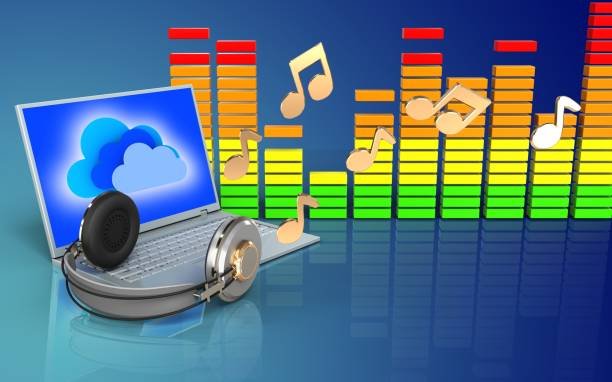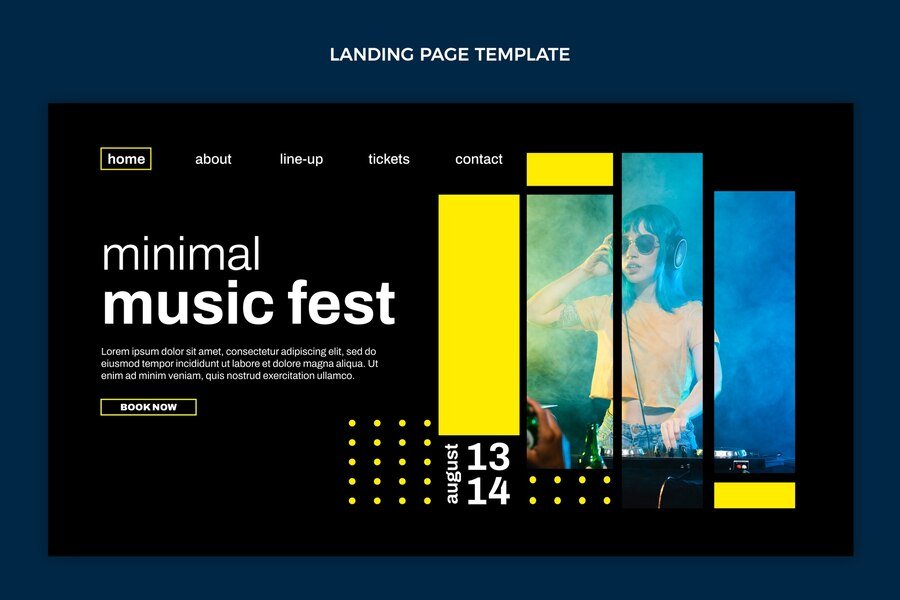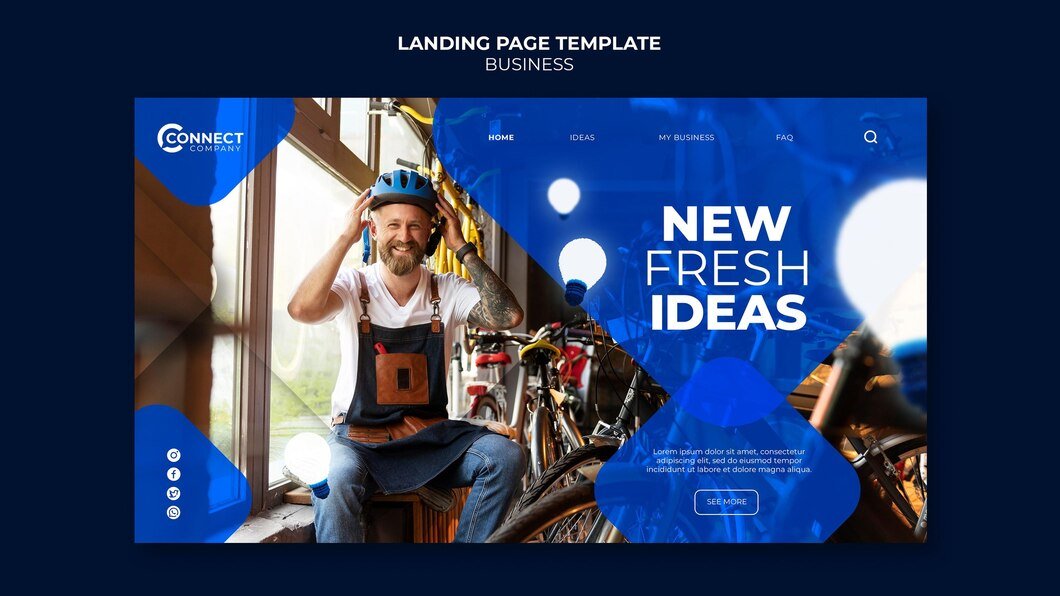Introduction
In today’s digital landscape, having an optimized website is essential for any music professional. Whether you are a solo artist, band, music teacher, or music producer, your website serves as the central hub of your online presence. This article provides a comprehensive guide to optimizing your music website for maximum impact, ensuring it ranks highly on search engines and engages your audience effectively.
The Importance of Website Optimization for Musicians
Enhancing Visibility and Reach
An optimized website significantly enhances your visibility on search engines like Google. By implementing SEO best practices, your website can attract more visitors, helping you reach a broader audience. This increased visibility can lead to more bookings, sales, and overall engagement with your music.
Improving User Experience
A well-optimized website not only attracts visitors but also ensures they have a positive experience. This involves fast load times, easy navigation, and engaging content that keeps visitors on your site longer and encourages them to explore more.
Step-by-Step Guide to Optimizing Your Music Website
1. Keyword Research and Implementation
Identifying Relevant Keywords: Start by researching keywords relevant to your music niche. Use tools like Google Keyword Planner, Ahrefs, or SEMrush to find keywords that potential visitors are searching for. Focus on long-tail keywords like “independent musician booking,” “best guitar lessons online,” or “music producer in New York.”
On-Page SEO: Incorporate these keywords naturally into your website’s content, including page titles, meta descriptions, headers, and throughout the body text. Ensure each page on your website targets specific keywords to avoid keyword cannibalization.
2. Creating High-Quality Content
Engaging Blog Posts: Regularly update your blog with posts related to your music niche. Topics could include music theory tutorials, behind-the-scenes stories, upcoming events, or industry news. High-quality, informative content attracts visitors and encourages them to share your posts, increasing your reach.
Multimedia Content: Include videos, audio clips, and high-resolution images on your website. These elements not only make your site more engaging but also cater to different types of visitors. For instance, video tutorials or behind-the-scenes footage can significantly increase user engagement.
3. Optimizing Website Speed
Improve Load Times: Website speed is a critical factor in user experience and search engine ranking. Use tools like Google PageSpeed Insights to identify areas for improvement. Optimize images, leverage browser caching, and minimize JavaScript to enhance load times.
Mobile Optimization: Ensure your website is mobile-friendly. With the increasing number of users accessing websites via mobile devices, a responsive design is crucial. Google’s Mobile-Friendly Test can help you check your site’s performance on mobile devices.
4. Enhancing User Experience (UX)
Intuitive Navigation: Your website should have a clear, intuitive navigation structure. Ensure visitors can easily find information about your music, upcoming events, and contact details. A well-organized menu and internal linking structure help guide users through your site.
Compelling Call-to-Actions (CTAs): Use clear and compelling CTAs to guide visitors towards desired actions, such as signing up for a newsletter, purchasing music, or booking a lesson. Ensure these CTAs are strategically placed throughout your site.
5. Building Backlinks
Guest Blogging: Write guest posts for reputable music blogs or websites in your niche. This not only positions you as an authority in your field but also helps build valuable backlinks to your site, improving its SEO.
Collaborations: Collaborate with other musicians, influencers, or brands. These partnerships can lead to backlinks from their websites to yours, enhancing your site’s authority and search engine ranking.
6. Utilizing Social Media Integration
Social Sharing Buttons: Add social sharing buttons to your blog posts and other content. This makes it easy for visitors to share your content on their social media profiles, increasing your reach.
Embedding Social Media Feeds: Integrate your social media feeds, such as Instagram or Twitter, into your website. This keeps your content dynamic and encourages visitors to follow you on these platforms, boosting your overall online presence.
7. Monitoring and Analyzing Performance
Google Analytics: Set up Google Analytics to track your website’s performance. Monitor metrics such as page views, bounce rate, and average session duration to understand how visitors interact with your site.
Regular Audits: Conduct regular website audits to identify and fix any issues. Tools like SEMrush or Ahrefs can help you perform comprehensive SEO audits, ensuring your site remains optimized and performs well in search engine rankings.
Conclusion
Optimizing your music website is a multifaceted process that involves keyword research, content creation, technical improvements, and continuous performance monitoring. By following these proven techniques, you can significantly enhance your website’s impact, attract more visitors, and achieve greater success in your music career.













